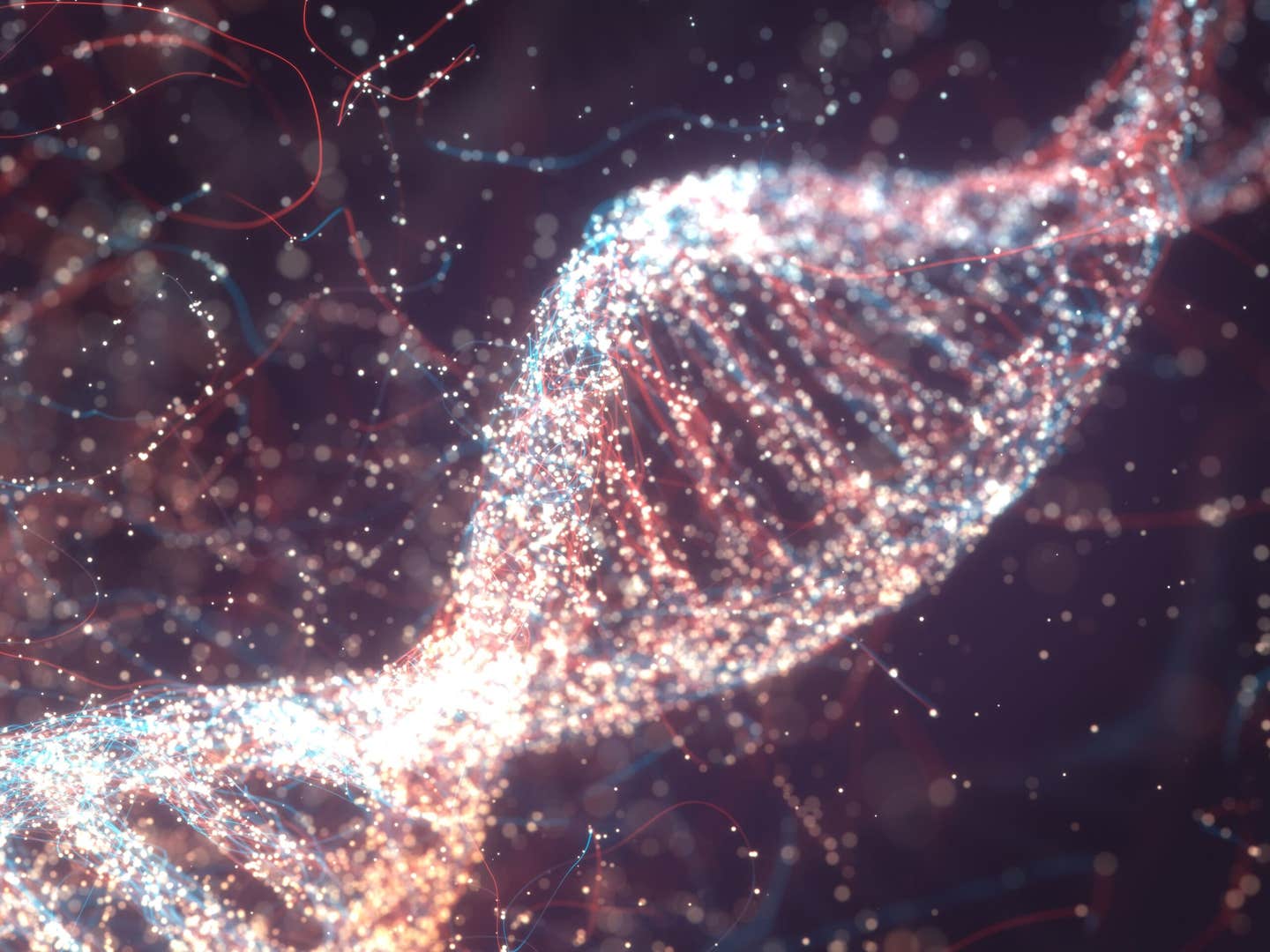AI algorithm trained to detect unhappiness on social media
Researchers have developed an algorithm that can identify the basic needs of users from the text and images they share on social networks.

[May 16, 2022: Beatriz de Vera, Universitat Oberta de Catalunya]
The researchers labeled 30,000 images, captions and comments from social media in categories proposed by psychologists. (CREDIT: Creative Commons)
Researchers have developed an algorithm that can identify the basic needs of users from the text and images they share on social networks. The experts hope this tool will help psychologists to diagnose possible mental health problems. The study suggests that Spanish-speaking users are more likely to mention relationship problems when feeling depressed than English speakers.
We spend a substantial amount of our time sharing images, videos or thoughts on social networks such as Instagram, Facebook and Twitter. Now, a group of researchers from the Universitat Oberta de Catalunya (UOC) has developed an algorithm that aims to help psychologists diagnose possible mental health problems through the content people post on these platforms.
According to William Glasser's Choice Theory, there are five basic needs that are central to all human behavior: Survival, Power, Freedom, Belonging and Fun. These needs even have an influence on the images we choose to upload to our Instagram page. "How we present ourselves on social media can provide useful information about behaviors, personalities, perspectives, motives and needs," explained Mohammad Mahdi Dehshibi, who led this study within the AI for Human Well-being (AIWELL) group, which belongs to the Faculty of Computer Science, Multimedia and Telecommunications at the UOC.
The research team has spent two years working on a deep learning model that identifies the five needs described by Glasser, using multimodal data such as images, text, biography and geolocation. For the study, which has been published in the journal IEEE Transactions on Affective Computing, 86 Instagram profiles, in both Spanish and Persian, were analyzed.
Related Stories
Drawing on neural networks and databases, the experts trained an algorithm to identify the content of the images and to categorize textual content by assigning different labels proposed by psychologists, who compared the results with a database containing over 30,000 images, captions and comments.
The problem of standardizing the labels obtained from texts and images was solved with a codebook, Bag-of-Content, which they described as a "semantic map from the visual to the textual domain." According to the researchers, the experiments "show promising accuracy and complementary information between visual and textual cues."
Does each choice we make respond to just one basic need? Glasser's theory says otherwise, and the multi-label approach of this study is useful in clearing up this doubt. Dehshibi, currently a research scientist at Universidad Carlos III de Madrid's (UC3M) imBody reasearch laboratory and at the Unconventional Computing Laboratory, UWE Bristol, uses an example to explain this: "Imagine that a cyclist is riding up a mountain, and at the top, they can choose between sharing a selfie and a group photo. If they choose the selfie, we perceive a need for Power, but if they choose the other option, we can conclude that the person is not only looking for Fun but also a way to satisfy their need for Belonging."
In addition, the fact that the profiles analyzed belong to people who communicate in two different languages avoids cultural bias. Previous studies have found, for example, that Spanish-speaking users are more likely to mention relationship problems when they are feeling depressed than English speakers. "Studying data from social networks that belong to non-English speaking users could help build inclusive and diverse tools and models for addressing mental health problems in people with diverse cultural or linguistic backgrounds," they noted.
The authors believe that their research can help improve preventive measures, ranging from identification to improved treatment when a person has been diagnosed with a mental health disorder.
Note: Materials provided above by Universitat Oberta de Catalunya. Content may be edited for style and length.
Like these kind of feel good stories? Get the Brighter Side of News' newsletter.
Tags: #New_Innovations, #Global_Good_News, #Social_Media, #Neuroscience, #Emotions, #Happiness, #Science, #Technology, #The_Brighter_Side_of_News
Joseph Shavit
Head Science News Writer | Communicating Innovation & Discovery
Based in Los Angeles, Joseph Shavit is an accomplished science journalist, head science news writer and co-founder at The Brighter Side of News, where he translates cutting-edge discoveries into compelling stories for a broad audience. With a strong background spanning science, business, product management, media leadership, and entrepreneurship, Joseph brings a unique perspective to science communication. His expertise allows him to uncover the intersection of technological advancements and market potential, shedding light on how groundbreaking research evolves into transformative products and industries.



